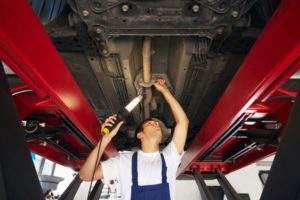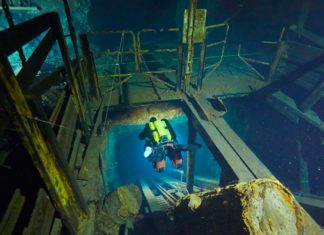
There are more than 1 million cars being sold in Australia on yearly basis, and each and every one of them is a source of air pollution. Especially in large cities like Melbourne and Sydney, the amount of pollution emitted from the cars can become problematic. To solve this problem, the federal government, cities and states have enforced catalytic converters Australia wide, clean-air laws and regulations that restrict the amount of pollution that vehicles can produce.
Over the last few decades, manufacturers have made refinements to vehicle’s engines and fuel systems to keep up with these laws and regulations, and the biggest one came in 1975 with the invention of the catalytic converter, whose job is to convert harmful gases into less harmful emissions before they leave the vehicle’s exhaust system. Nowadays, there are many different types of catalytic converters Australia manufacturers have designed for every type of vehicle, regardless of its country of origin.
 Modern engines carefully control fuel burn in order to reduce emissions by attempting to keep air-to-fuel ratio ideally, which is about 14.7:1 (for each pound of gasoline, 14.7 pounds of air is burned). This ratio is known as a stoichiometric point. The main emissions of a vehicle engine are: water vapor, nitrogen gas and carbon dioxide, which after going through the converter are reduced into: carbon monoxide, nitrogen oxides and hydrocarbon. Let’s discuss the process.
Modern engines carefully control fuel burn in order to reduce emissions by attempting to keep air-to-fuel ratio ideally, which is about 14.7:1 (for each pound of gasoline, 14.7 pounds of air is burned). This ratio is known as a stoichiometric point. The main emissions of a vehicle engine are: water vapor, nitrogen gas and carbon dioxide, which after going through the converter are reduced into: carbon monoxide, nitrogen oxides and hydrocarbon. Let’s discuss the process.
Vehicles run on petroleum, which is formed from the remains of small sea creatures that have rotten down, heated up and have gotten squashed by layers of sea-bed rocks. One of the substances in petroleum is hydrocarbon, so theoretically, when you burn that substance with oxygen, a lot of energy is released and nothing but carbon dioxide and water is produced, both which are relatively clean and harmless.
In practice, however, the amount of oxygen in the air is a bit too high, and there are usually impurities in the fuel and in the engine. This results in a significant amount of air pollution as a byproduct. These gases, namely carbon monoxide, nitrogen oxides and volatile organic compounds are very toxic and can cause smog.
Catalytic converters use ceramic or metallic blocks with a wash-coat that contains rhodium, palladium and platinum (precious metals) which react with harmful emissions and convert them into water vapor, carbon dioxide and nitrogen. The gases go into the reduction block of the converter where the oxides of nitrogen react and form nitrogen and oxygen. Then, the gases travel to the oxidation block of the converter where hydrocarbons and newly created oxygen react. This results in carbon dioxide, which is far less harmful to the environment.















